When starting a ketogenic diet, it’s crucial to understand that what you don’t eat is just as important as what you do eat. For seniors or those over 50 seeking weight loss, improved energy, or better health, sticking to the right foods can make all the difference. This guide will help you navigate the “What Not to Eat on a Keto Diet” essentials, ensuring your journey to ketosis is as smooth as possible.
Why Focus on What Not to Eat?
Knowing what to avoid sets the foundation for success. Many high-carb foods can quickly knock you out of ketosis, stalling weight loss or derailing your health goals. For those of us over 50, staying mindful of these foods is especially vital as our metabolism tends to slow with age. Once you eliminate these culprits, you can focus on crafting delicious low-carb recipes with allowed ingredients.
Foods to Avoid on a Keto Diet
1. Grains and Grain Products
Grains are a major source of carbohydrates and should be avoided entirely. This includes:
- Wheat: Bread, bagels, pizza crusts, tortillas, noodles, and pastries.
- Oats: No oatmeal, granola bars, or oat flour products.
- Rice: White, brown, basmati, wild rice, and even rice cakes.
- Corn: Corn tortillas, popcorn, and anything with corn syrup.
- Other Grains: Rye, barley, millet, quinoa, and bulgur are also off-limits.
For seniors who grew up enjoying hearty breads and cereals, this might be a tough adjustment, but there are plenty of keto-friendly bread substitutes to explore.
2. Starchy Vegetables
Vegetables that grow underground, like potatoes and beets, are too high in starch for a ketogenic diet.
- Potatoes: Say goodbye to mashed potatoes, fries, and chips.
- Root Vegetables: Carrots, parsnips, turnips, and rutabagas are also no-go.
- Legumes and Lentils: Peas, beans, chickpeas (hummus), and lentils are starchy and should be avoided.
3. Sugary Fruits
While fruit is often seen as a healthy snack, many are packed with natural sugars that can spike insulin and kick you out of ketosis.
- Avoid high-sugar fruits like bananas, apples, mangoes, grapes, and pineapples.
- Opt for low-carb options like berries, lemons, limes, and avocados, but even these should be consumed sparingly.
4. Sugar and Sweetened Products
Sugar in any form is incompatible with ketosis. This includes:
- Refined Sugars: White sugar, brown sugar, cane sugar, and powdered sugar.
- Natural Sweeteners: Honey, molasses, agave syrup, and maple syrup.
- Candy and Desserts: Anything made with sugar, including chocolate bars, cookies, and jelly candies.
A small square of 85% dark chocolate can be an occasional treat, but moderation is key.
5. Sugary Beverages
Drinks are often a hidden source of carbs. Avoid:
- Regular soda and sugary drinks.
- Fruit juices and smoothies made from high-carb fruits.
- Milkshakes and sweetened teas.
Alcohol can also be tricky. While beer is entirely off-limits, small amounts of dry red wine may be okay for some seniors if it doesn’t disrupt their progress.
What’s Allowed in Moderation?
Even on a strict keto diet, some foods are allowed in limited quantities. However, these should be consumed cautiously, especially if you’re over 50 and focused on weight loss:
- Berries: Strawberries, blueberries, and raspberries are low in carbs but should be limited to small portions.
- Nuts: Walnuts, pecans, and almonds are great snacks but avoid cashews and peanuts (as they’re technically legumes).
- Dark Chocolate: Up to 2 squares of 85% dark chocolate.
- Dry Wine: A glass of dry red wine (6 ounces) can be enjoyed occasionally.
If you notice these foods stalling your progress, cut back until you achieve your desired results.
Why Seniors Need to Be Extra Careful
For individuals over 50, metabolic changes, hormonal shifts, and decreased muscle mass make it even more important to adhere strictly to keto guidelines. Eliminating high-carb foods can help stabilize blood sugar levels, support heart health, and aid in weight management, all of which are vital for seniors.
Final Thoughts
By focusing on what not to eat on a keto diet, you can set yourself up for long-term success. It may seem restrictive at first, but the benefits far outweigh the sacrifices. Once you remove these high-carb foods from your diet, you’ll have room to experiment with low-carb, keto-friendly alternatives that are equally delicious.
Have you tried cutting out these foods? What challenges have you faced? Share your experience in the comments below, and let’s inspire each other to stay on track!
Read this post WHAT TO EAT ON KETO and watch the video for a more detailed breakdown of what you DO want to be eating on Keto.
Bon a petit!
Tracy

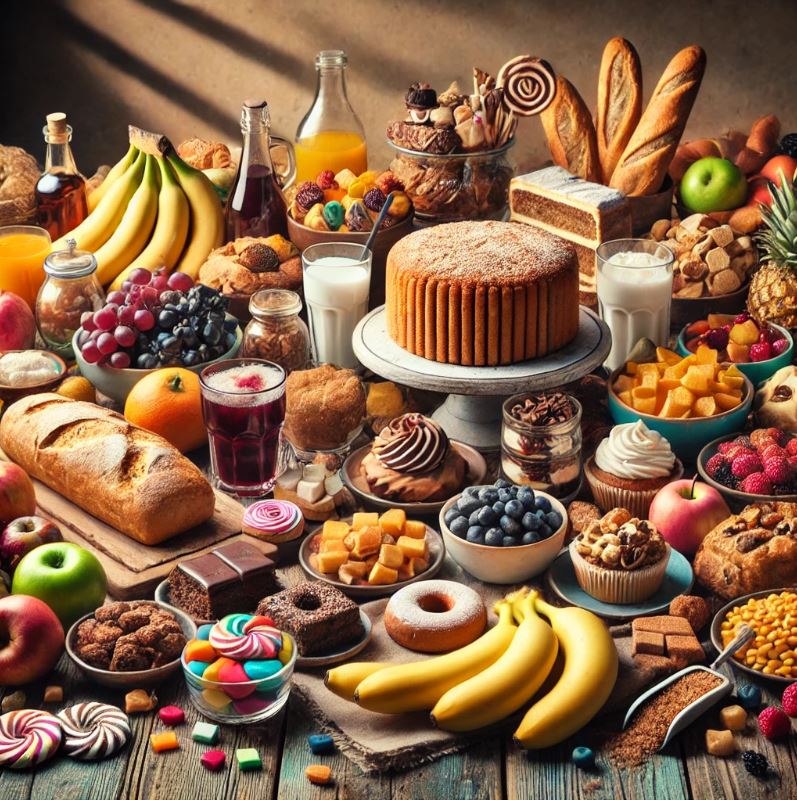
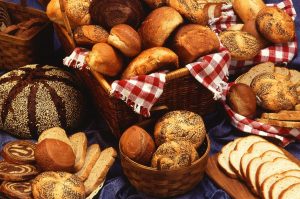



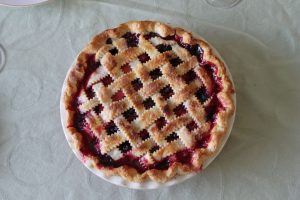
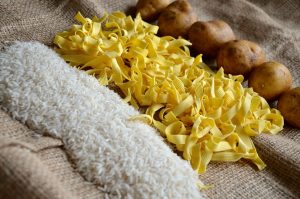

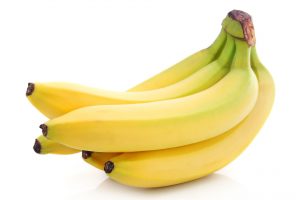
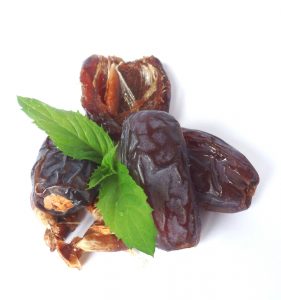
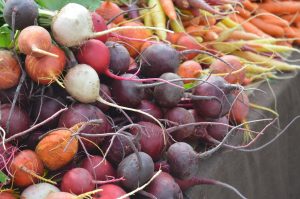







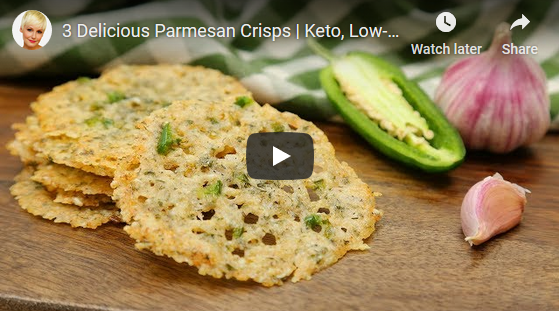


Leave a Reply
You must be logged in to post a comment.